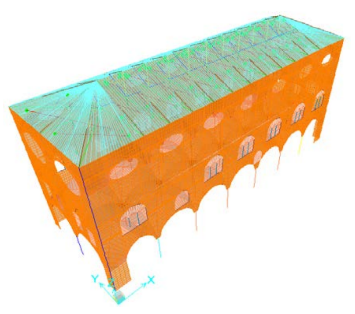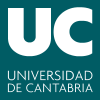Keynote Speaker
Prof. Lorenzo Jurina
Politecnico di Milano, Italy
Brief curriculum vitae
Associate Professor of Structural Engineering at the School of Architecture Urban Planning Construction Engineering of Politecnico di Milano since 1983, professor of consolidation of historic buildings at the Postgraduate School of Architectural Heritage and Landscape and at the Doctorate of Architectural Heritage Conservation.
He has developed innovative methods in diagnostics and structural consolidation and he has cooperated with international experts and with the major exponents of the Italian restoration school.
He is author of over 200 publications on these topics and speaker in national and international conferences, concerning the cultural heritage sector.
Consultant for FAI, UNESCO, World Monument Fund, Ministry of Culture, Katolikos of Armenia.
Founding member of AIF, ATE, CIAS, member of the scientific committee of the magazine ” Recupero e Conservazione “, De Lettera Ed., and Ingenio magazine. Member of the Board of the College of Engineers and Architects of Milan. Q-ing.
In his experience in the field of structural consolidation of complex historical and monumental buildings, he has played the role of designer and Site Supervisor in over 200 recovery interventions located both in Italy and abroad, of consultant and designer for new buildings, for seismic vulnerability assessments, even for strategically relevant buildings such as schools, hospitals, barracks.
Plenary session
Refuerzo "Activo" de edificios historicos
En la ponencia se ilustran aspectos relacionados con las principales patologías, al menos las más recurrentes, de los edificios historicos y a los refuerzos estructurales tradiccionales.
Seguidamente, son reportados varios ejemplos de intervenciones recientes llevadas a cabo por el autor, afectando tanto a muros portantes, forjados, arcos y bóvedas.
Para ello, el hilo conductor será el empleo de los refuerzos “activos”, es decir, intervenciones que actuan desde el primer instante de su puesta en obra, teniendo en cuenta otras necesidades importantes como que la intervencion sea ligera, declarada pero no ostentada, reversible y, en la medida de lo posible, elegante.








